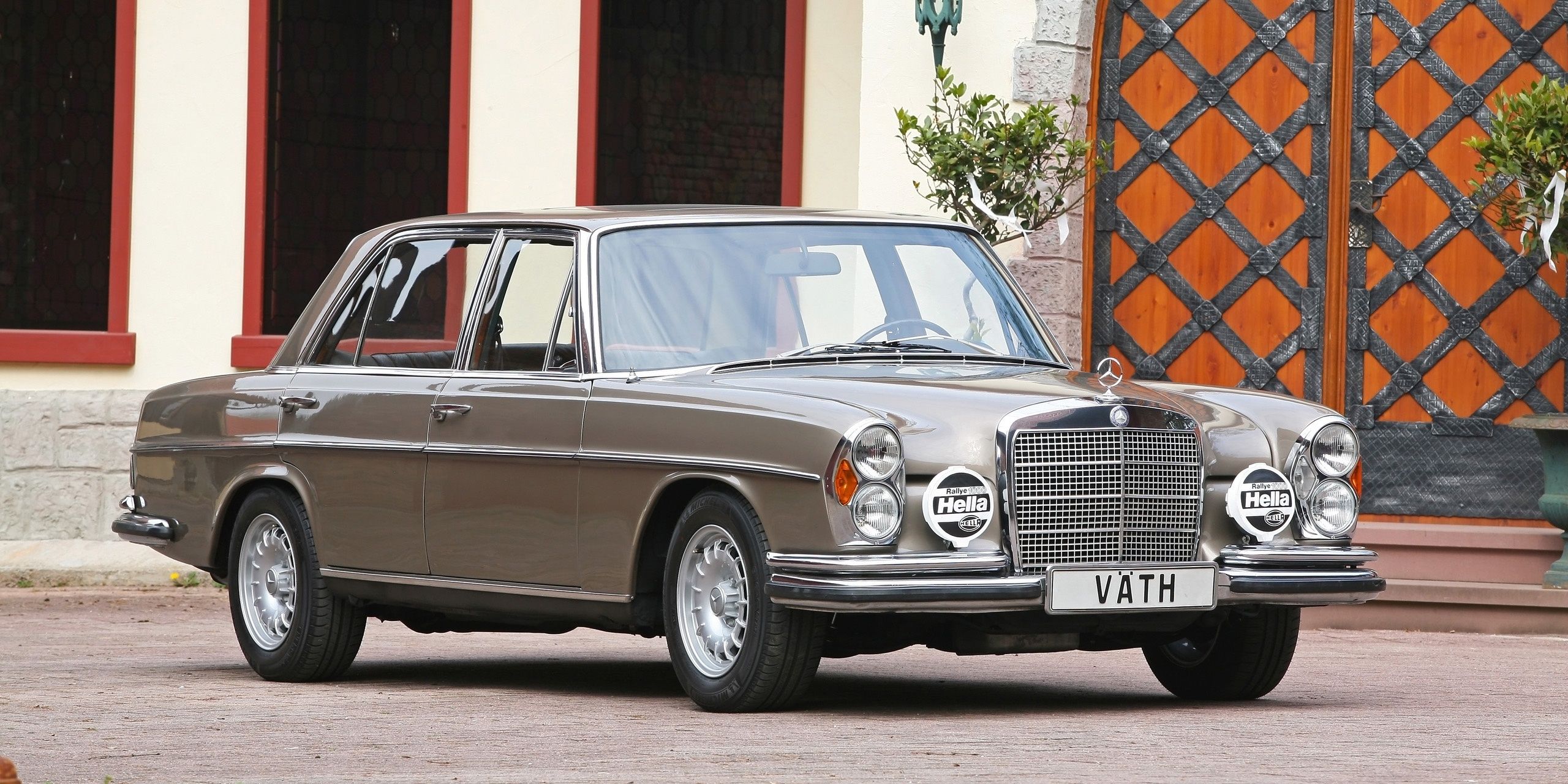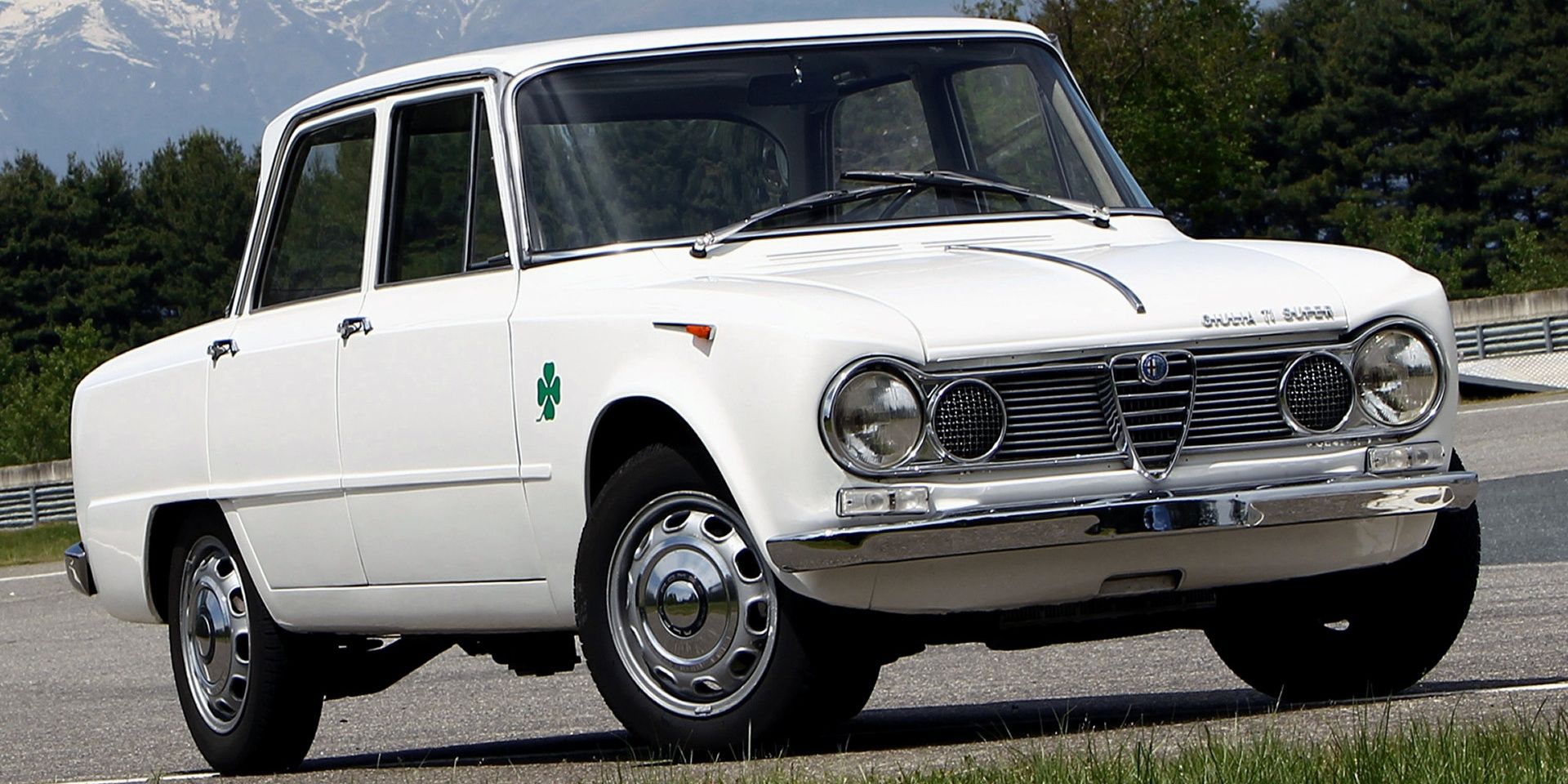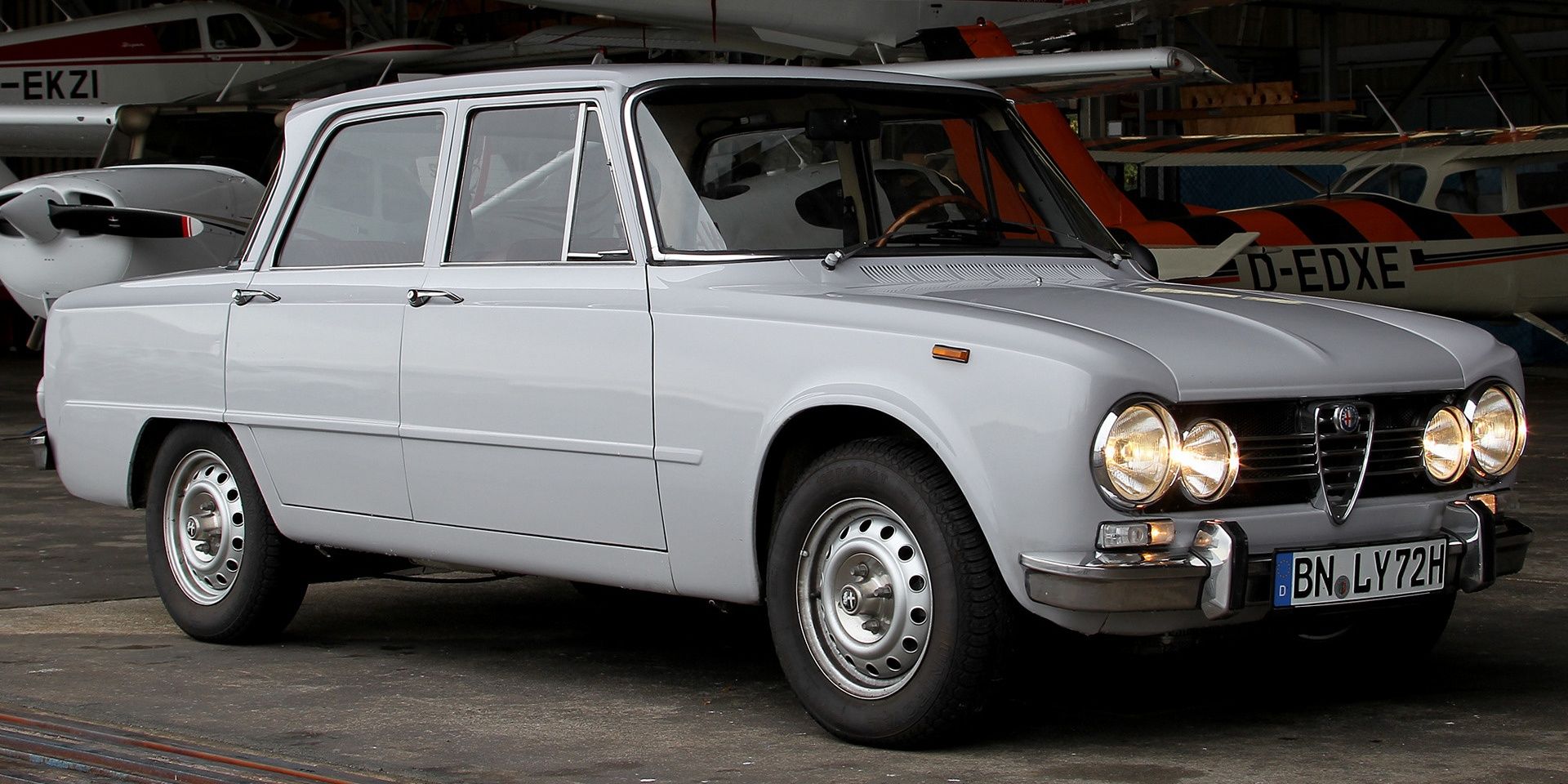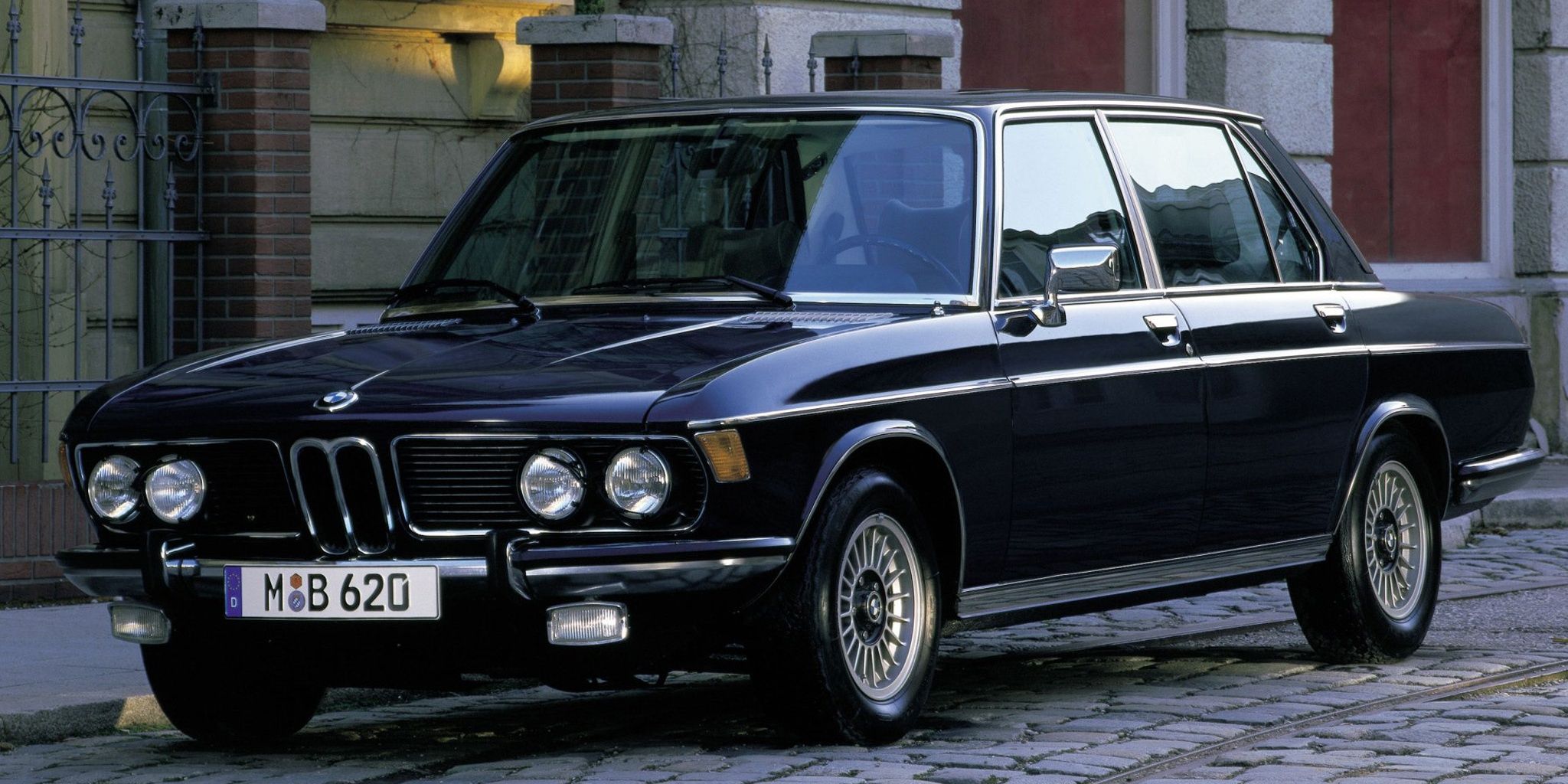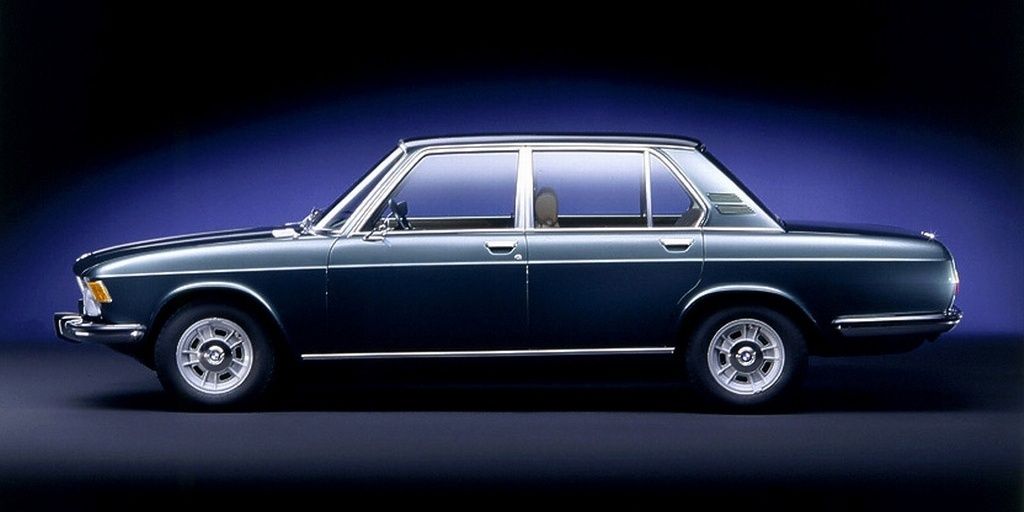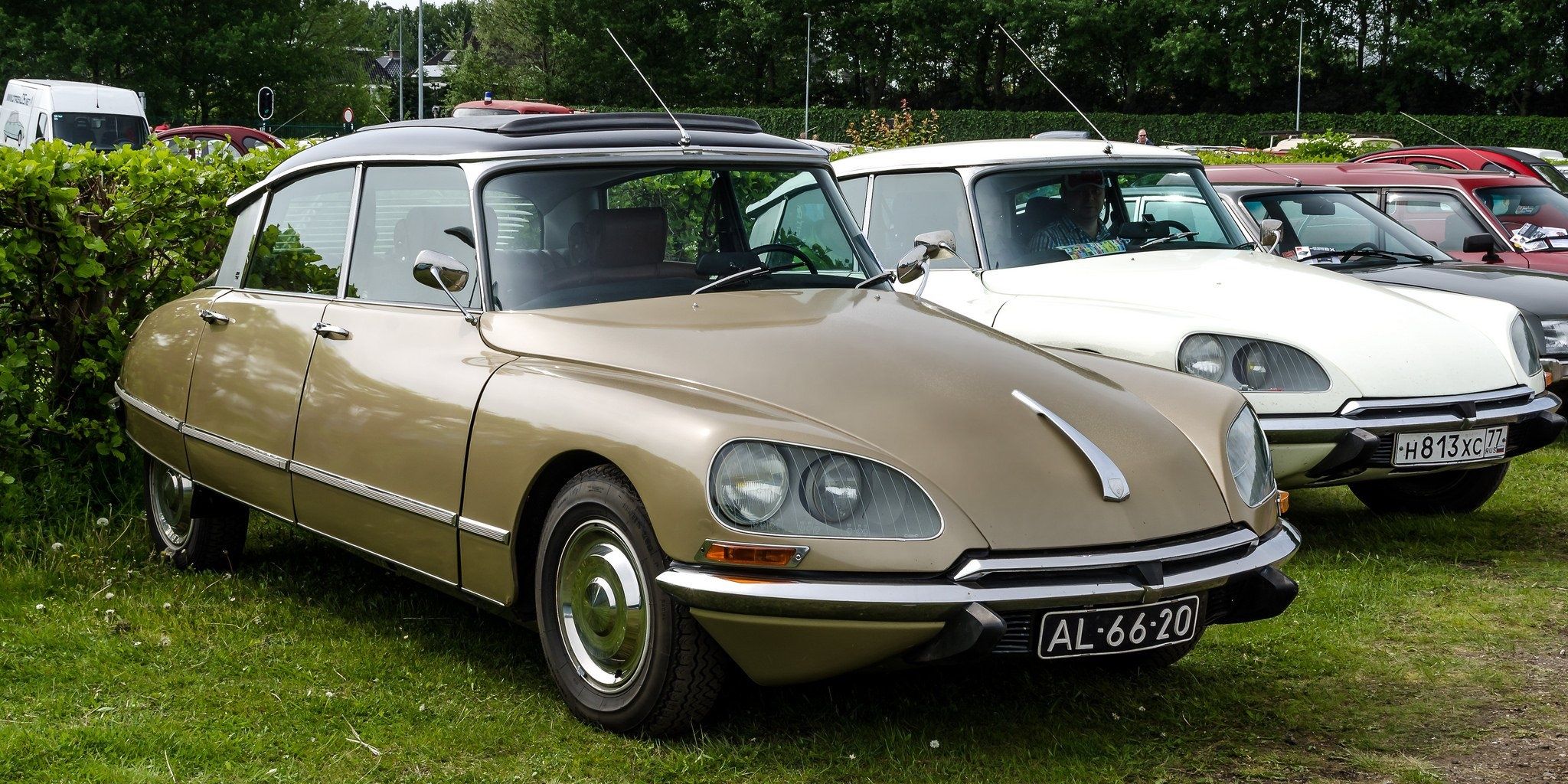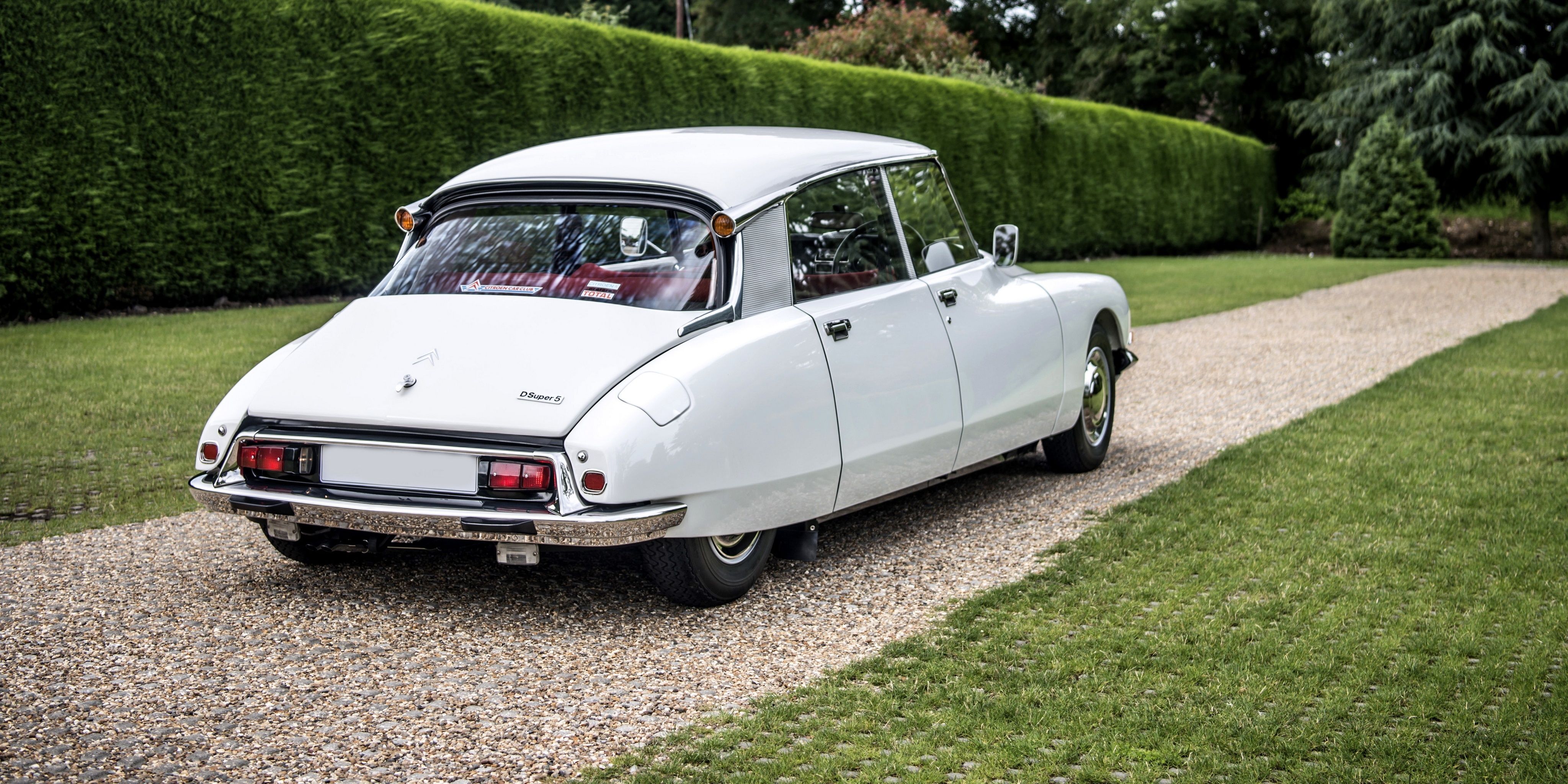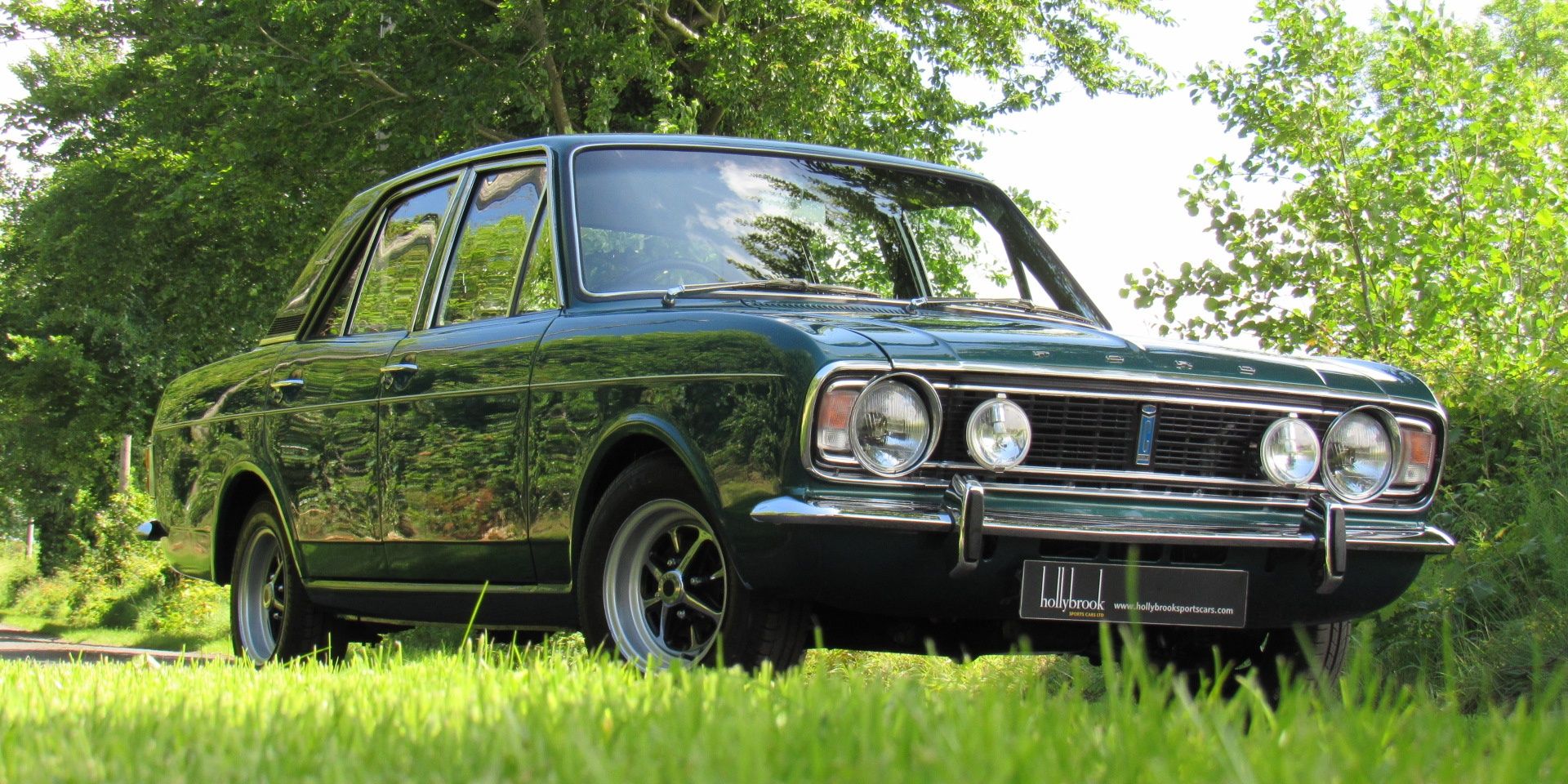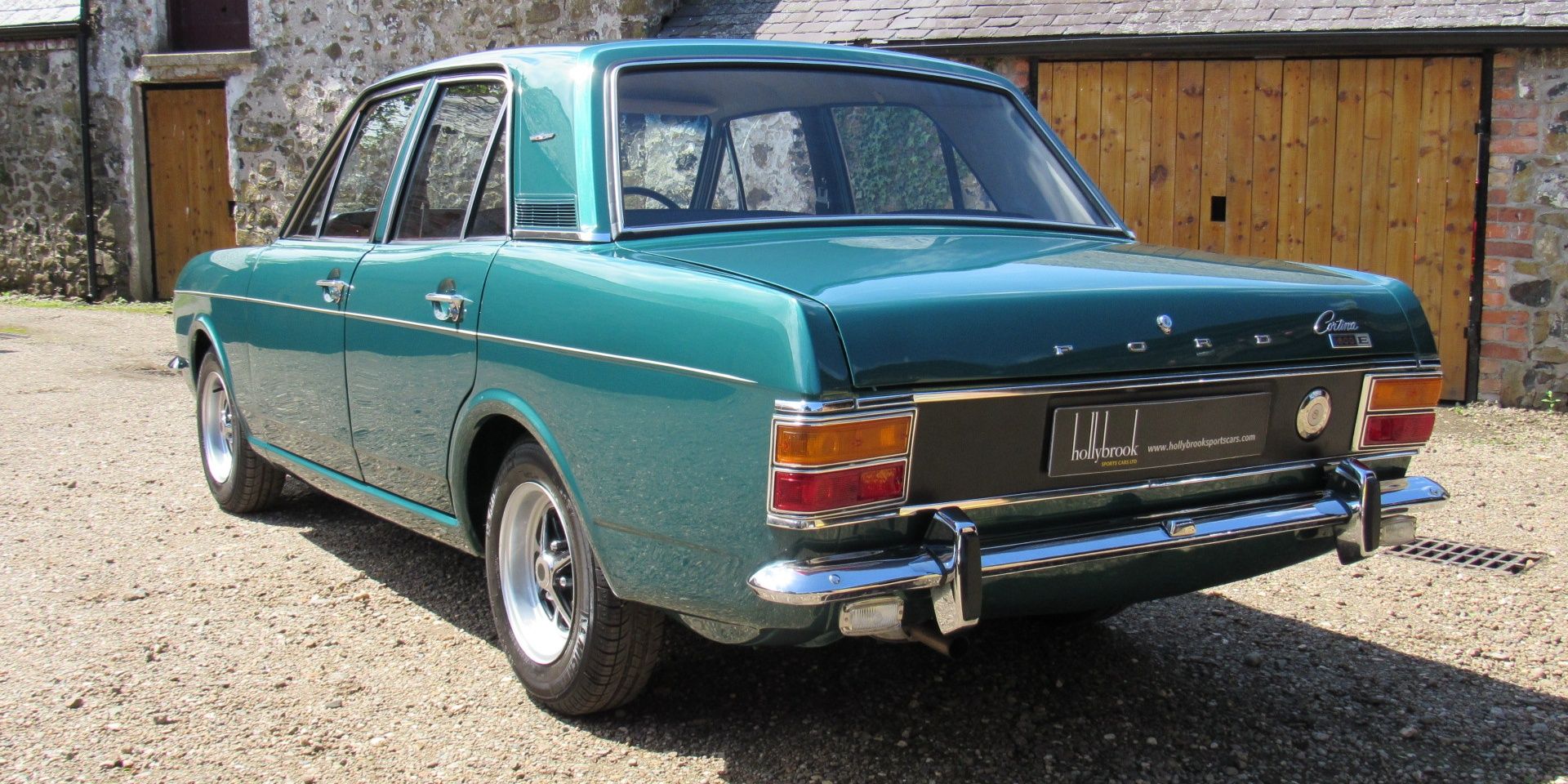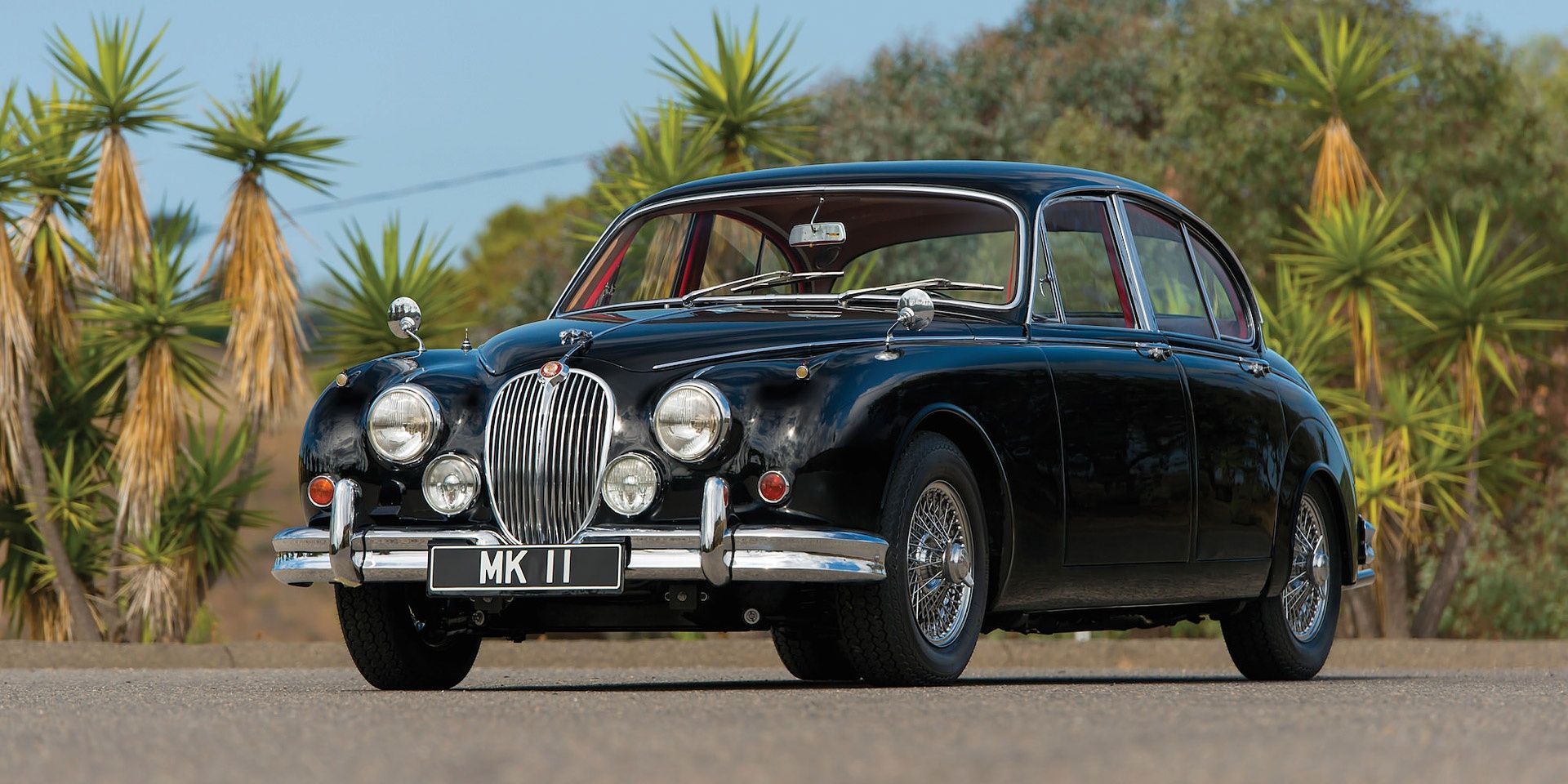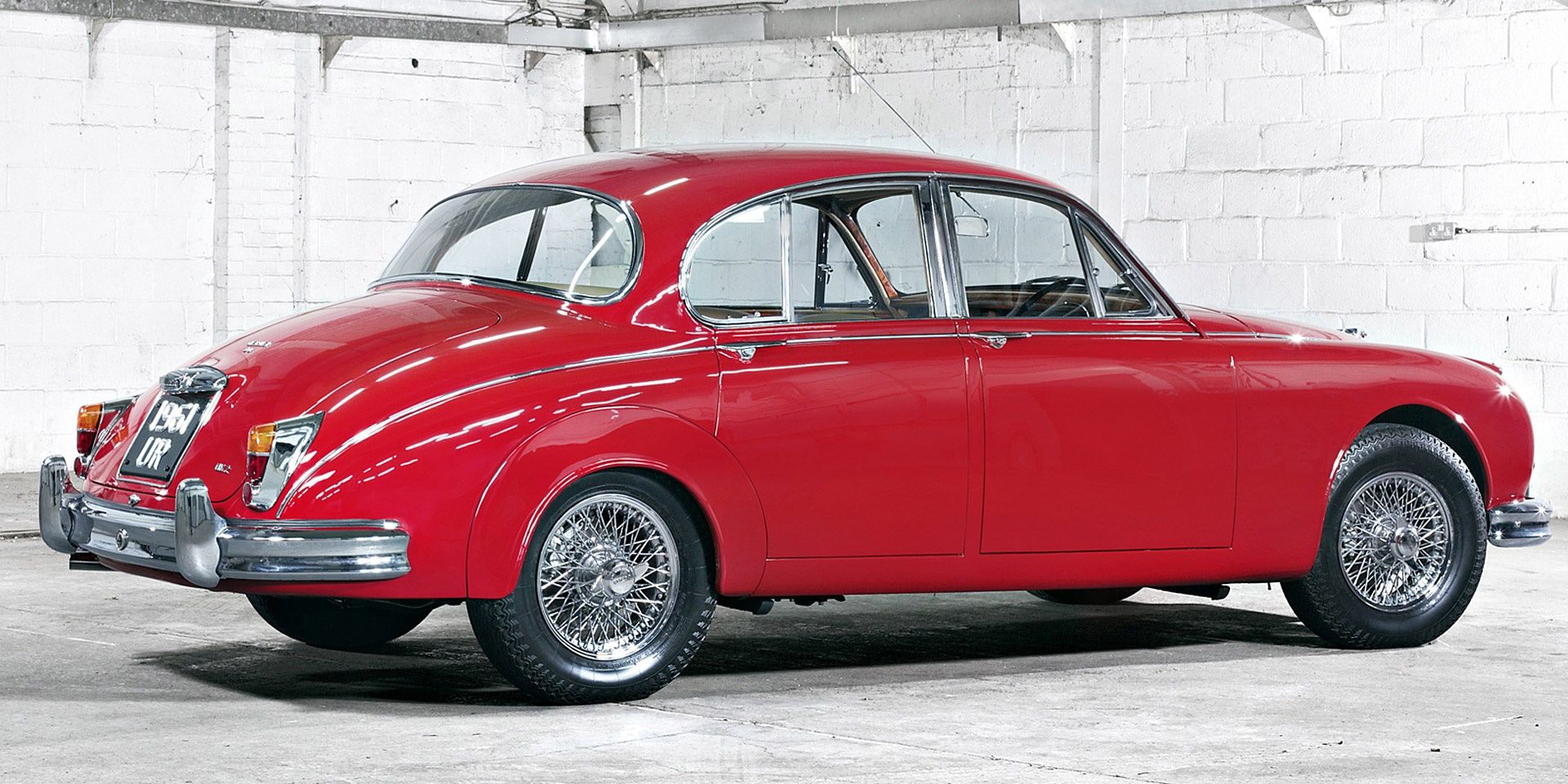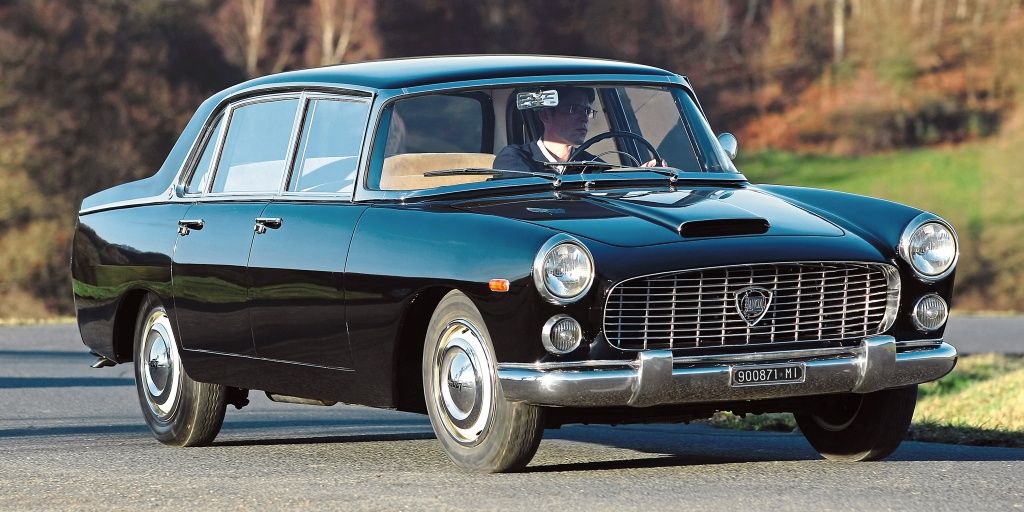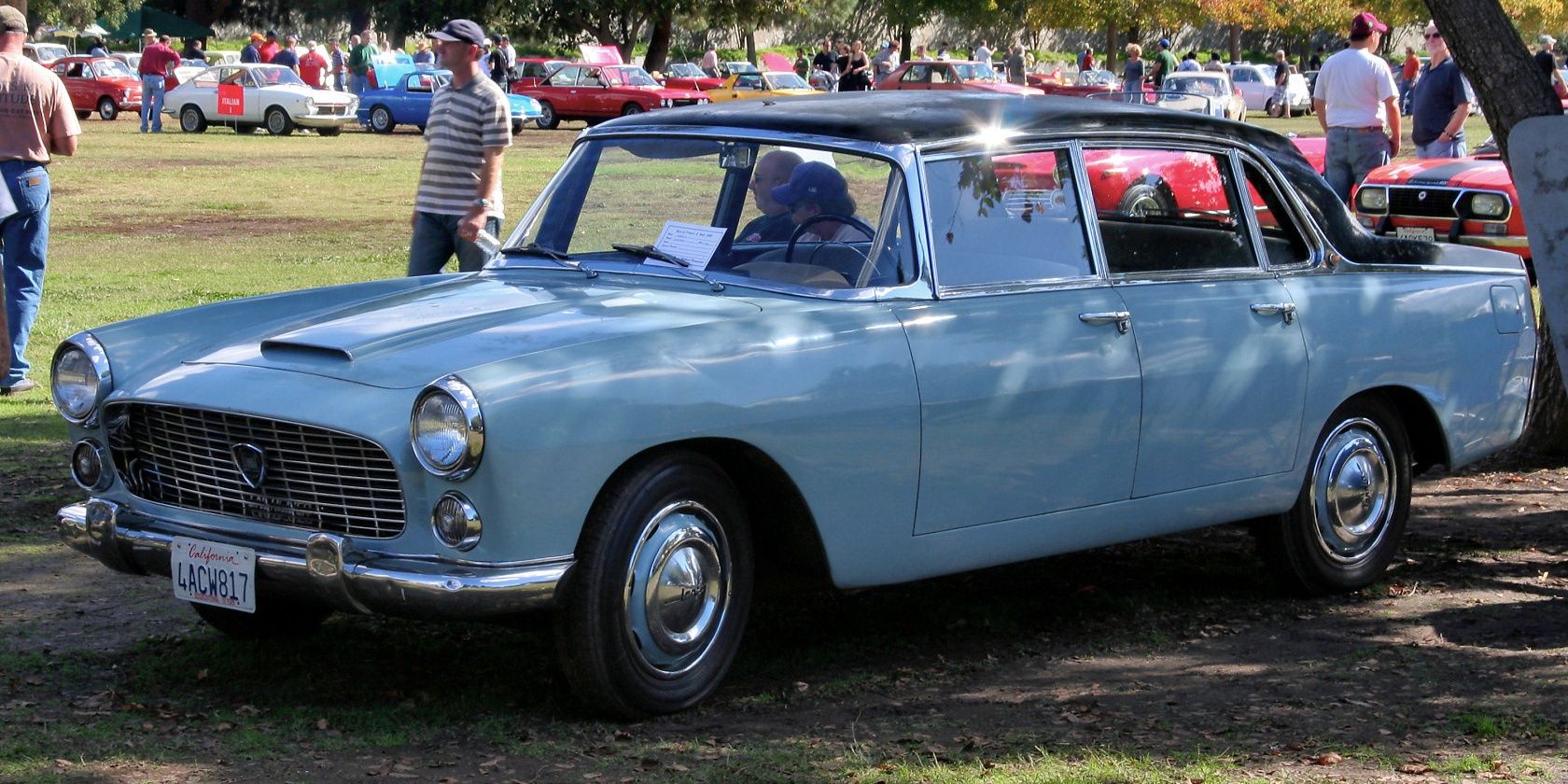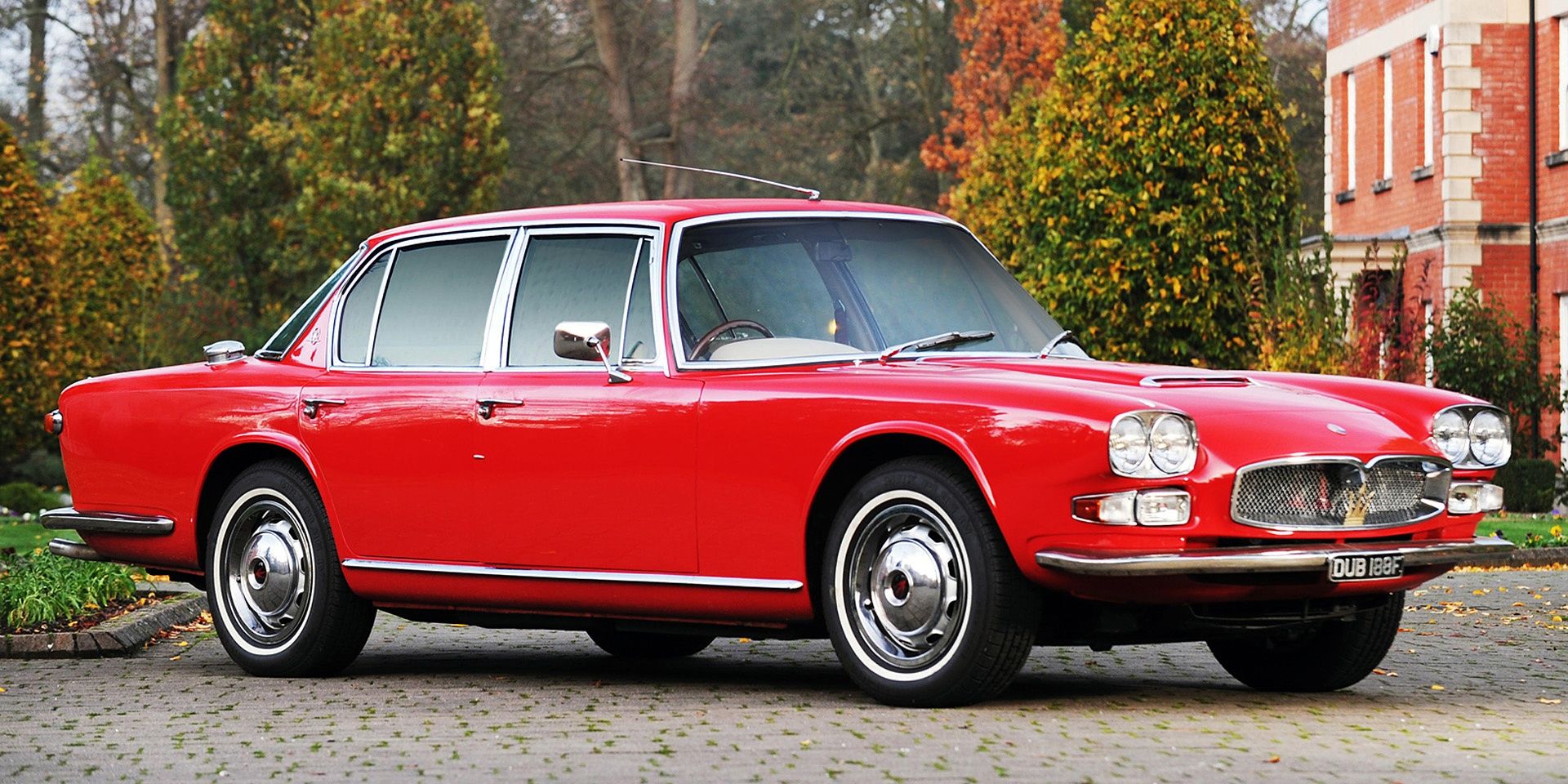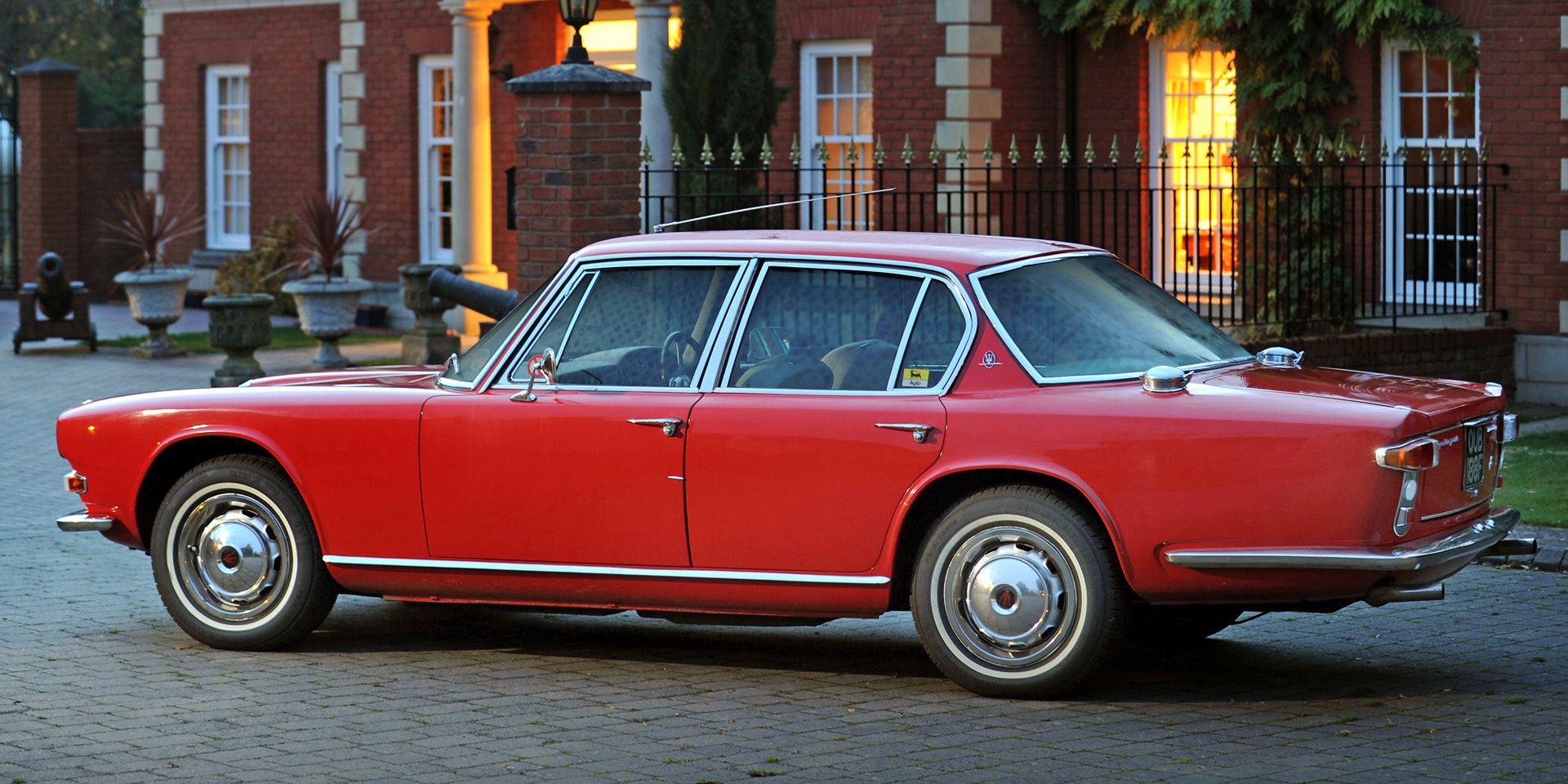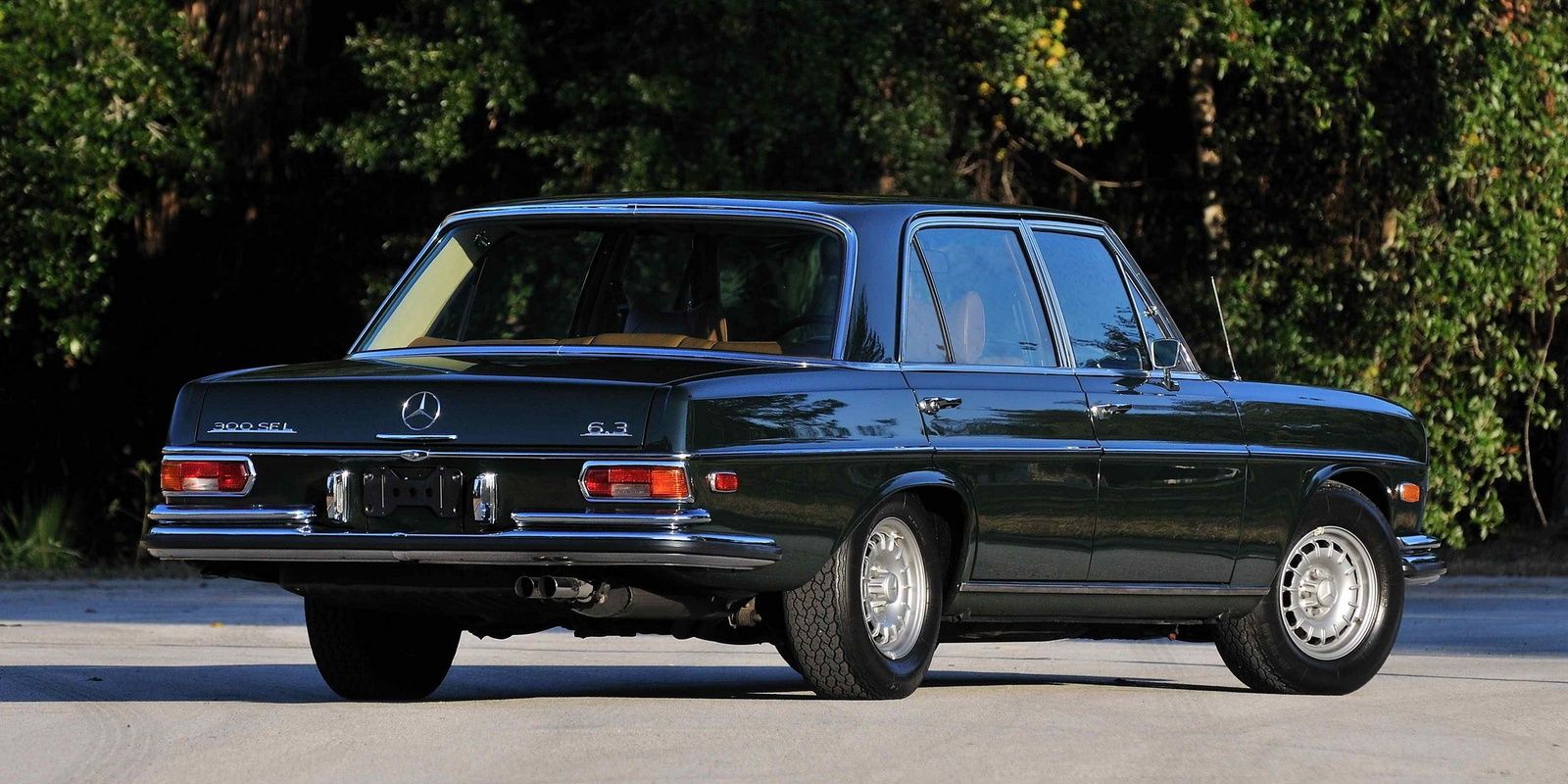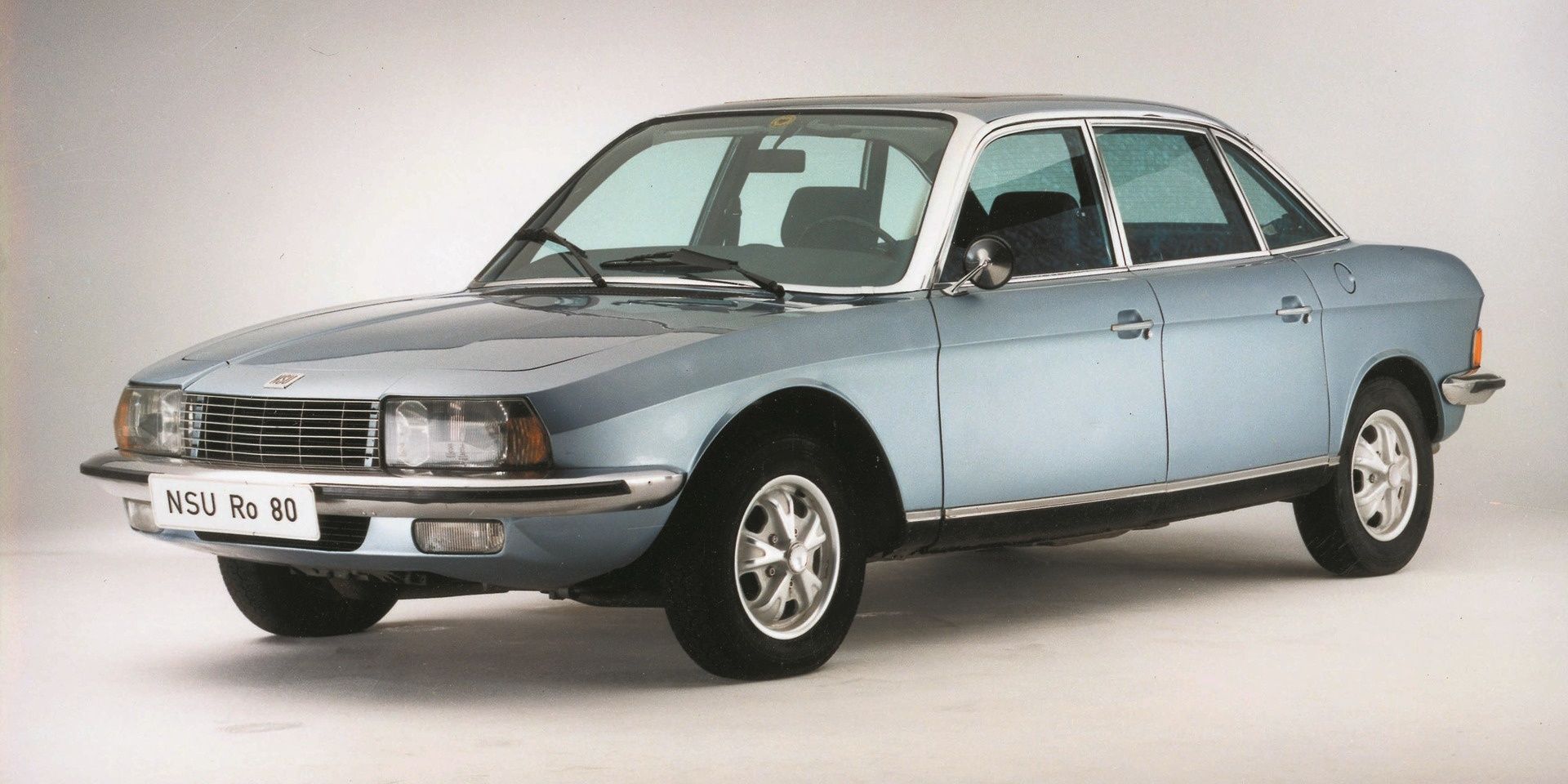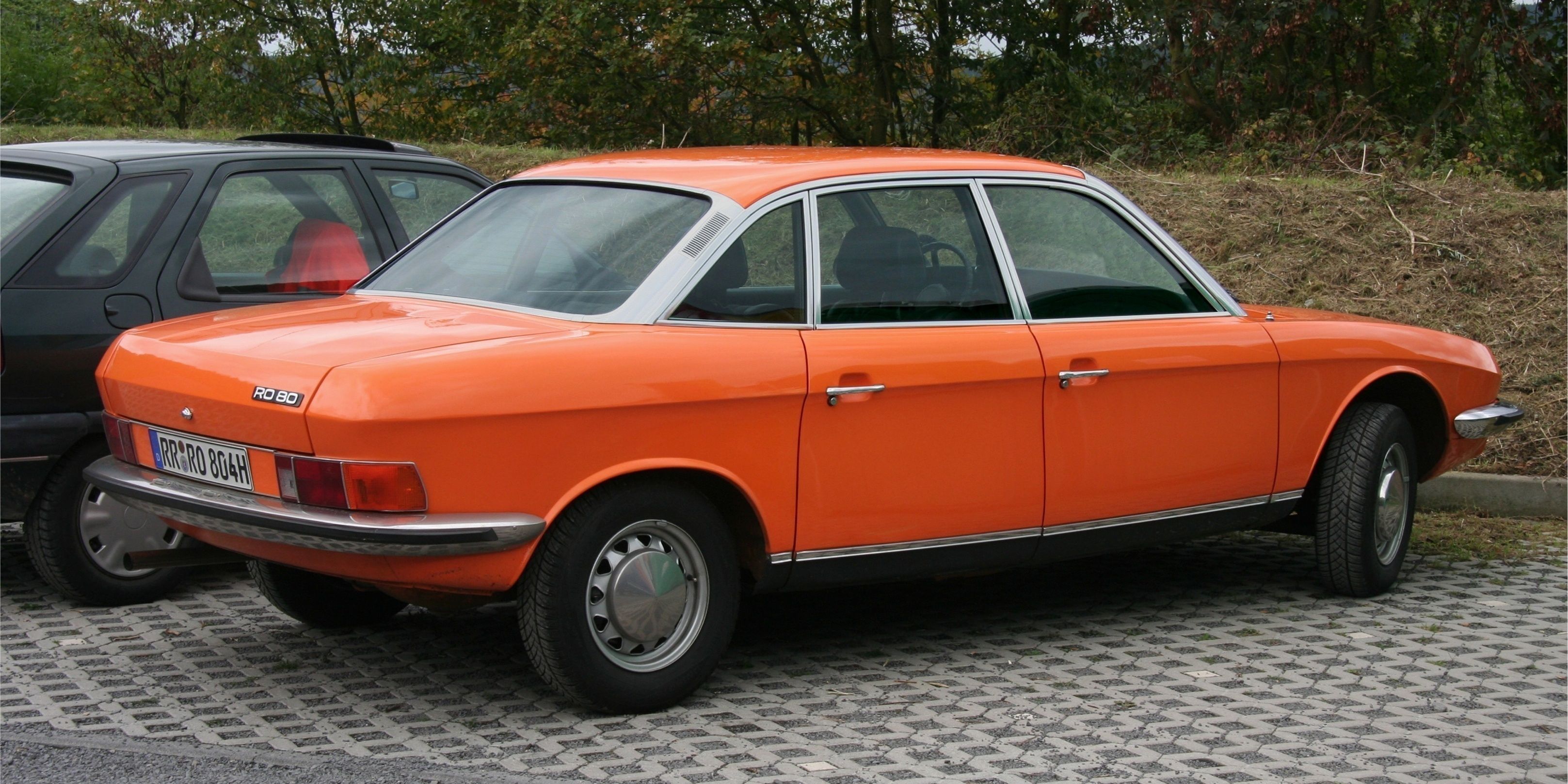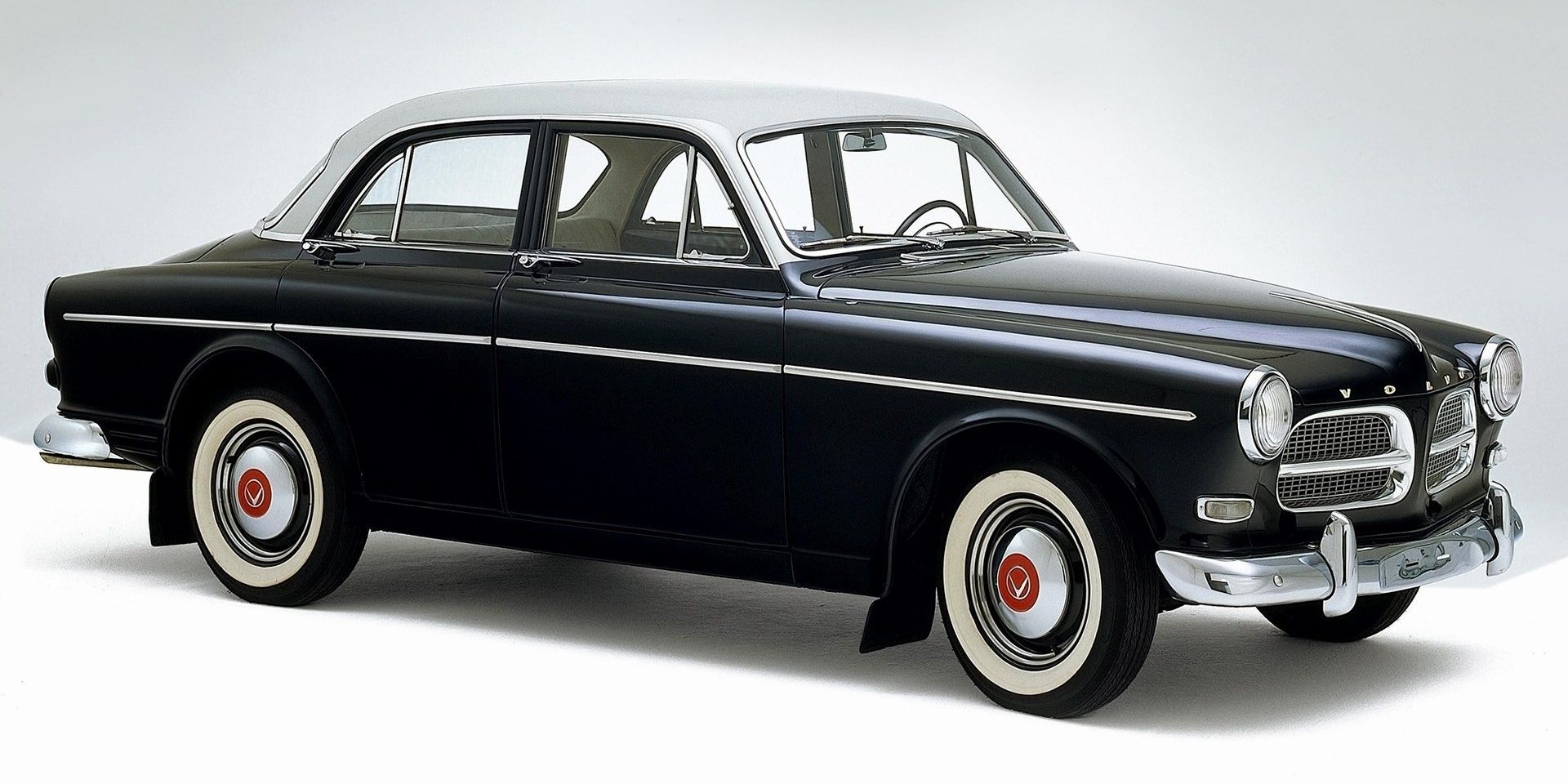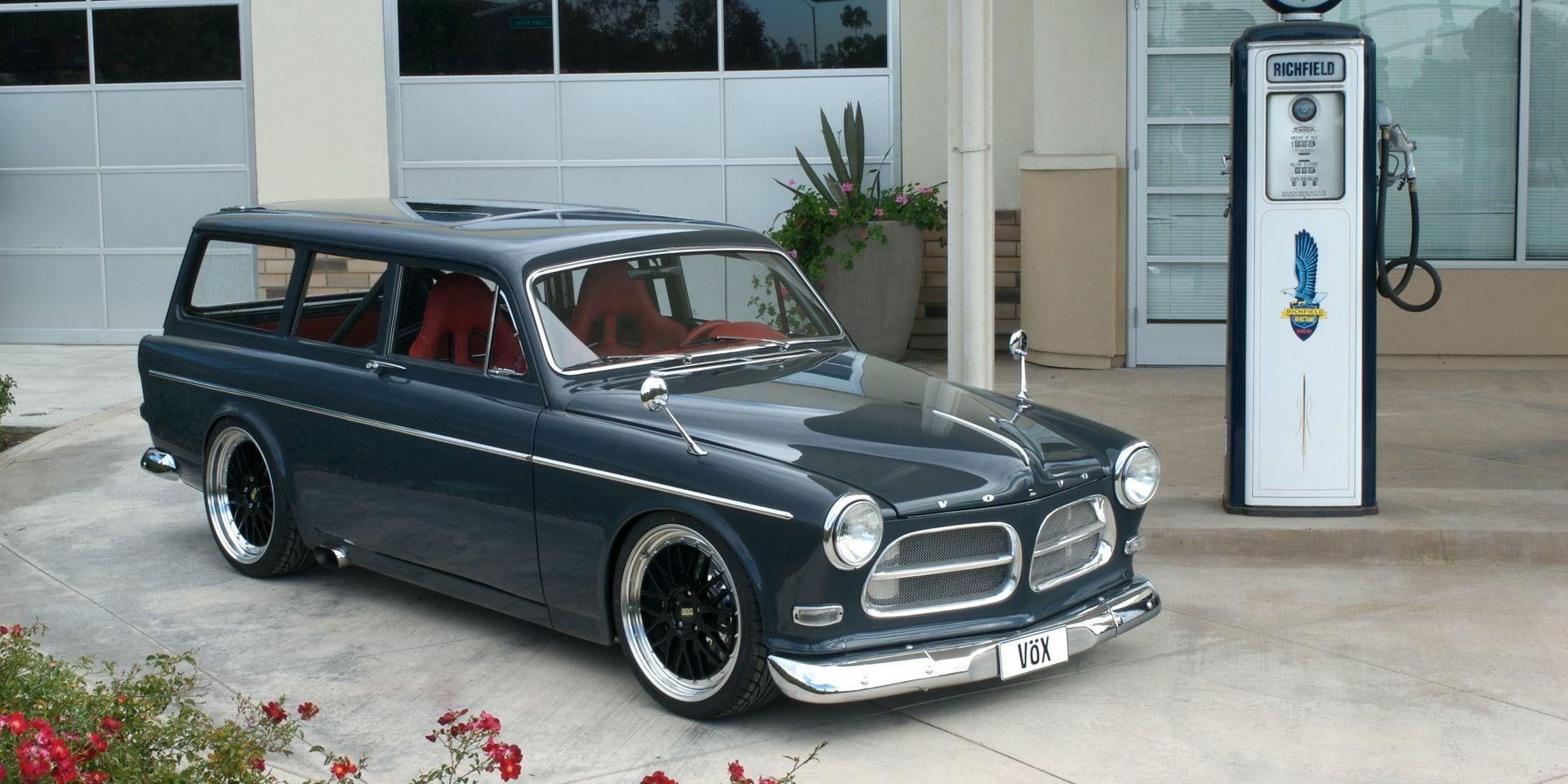Interest in classic cars has been growing as of as of late due to the desire to experience a simpler time, a time where cars were far less complicated. While classic cars may lack modern amenities such as smartphone connectivity and adaptive suspension, they greatly make up for it in terms of character and engagement. Of the many classes of cars receiving plenty of love as of late, American muscle cars remain one of the most popular types of classic cars available today.
The '60s muscle car followed a rather simple concept: take a large rear-wheel-drive sedan or coupe and shoehorn the largest V8 possible into the engine bay. This formula resulted in some of the quickest accelerating and most powerful road cars of the 1960s. They did, however, completely fall apart when shown a corner. So, while muscle cars offer character and straight-line performance in droves, they lacked the handling refinement of their European rivals.
While American manufacturers were embroiled in a horsepower war in the '60s and early '70s, European manufacturers were generally focusing on creating a mix of GT cars and practical sedans. These classic sedans, despite the significant lack of power compared to American cars, offered a far more refined driving experience with a slew of other benefits. They were generally smaller and much better on fuel, meaning they could fulfill the role of a daily driver far better than a muscle car. While they may not have been as quick in a straight line, many European sedans had just as much character as their V8 competitors from across the pond. With those points in mind, here are ten classic European sedans we'd rather buy over any muscle car.
10 Alfa Romeo Giulia Super
Widely considered one of the first true sports sedans, the Giulia entered the market in 1962 as a replacement for the incredibly popular Giulietta. The compact sedan sold over 500,000 units during its 16-year production run, thus making it one of the best selling Alfa Romeos of all time.
There are many reasons as to why the Giulia remains one of the best classic sports sedans to this day. Thanks to its compact dimensions and aluminum engine (rare at the time), the Giulia was lightweight and handled incredibly well as a result. The rear-drive sedan was powered by Alfa's legendary Twin-Cam inline-4 engine that produced 97 hp in "super" trim. While a Giulia super may not be able to compete at a drag strip with a muscle car, the car truly shines when the roads get twisty.
9 BMW E3
Known to some as the "New Six", the BMW E3 is by far one of the best looking cars created by the Bavarian manufacturer. Despite releasing in 1968, the E3's styling appears to be far more contemporary than it's age would suggest. This car was in fact the model that would define BMW's iconic front-end styling well into the 1990s. The E3 chassis would serve as the grounds for the BMW 3.0 CSL; a coupe that is incredibly desirable with collectors today.
Under the hood of the attractive sedan lay BMW's brilliant M30 inline-6 engine. even in basic 2.5 liter trim, the M30 sounded great and produced an impressive 150 hp. That horsepower figure increased to almost 190 hp in higher trim levels. Thanks to the use of all-round independent suspension and disk breaks, the E3 was able to deliver a driving experience far better than any muscle car of the era.
8 Citroën DS
Citroen shocked the world in 1955 with the release of the Citroën DS. It looked like it had come from outer space and featured a slew of never-before-seen technology. At the center of the DS's innovative technology was its hydraulic system. While most cars did not have power steering at the time, the DS' hydraulic system powered the steering, brakes, transmission, clutch, and suspension.
The DS's unique party trick has always been the self-leveling hydraulic suspension. When parked, the DS gets lower to the ground than most modern sportscars. Also, the car can be driven with only three wheels if required. Due to the car being built in France, the DS suffered from the horsepower tax plaguing all french manufacturers. As a result, the DS is not particularly fast. Despite its lack of power, the DS still proved to be a great handling car in its day.
7 Ford Cortina Mk.2 1600E
Despite being sold under an American banner, the Cortina was designed and built by Ford's European division. It's unfortunate that the Cortina never sold well in North America, as it proved to be an incredibly successful compact sedan. While North American buyers opted for larger and more powerful sedans, the Cortina sold incredibly well in its home continent of Europe.
In 1600E trim, the Cortina transformed from a cute compact to a proper, fun sports sedan. Although the 1600E only produced 88hp, that power figure was more than enough to spice up the little sedan. The suspension was updated as well, thus giving the 1600E much sportier handling than its American Ford sedan siblings.
6 Jaguar Mark II 3.8
One of the fastest sedans to come from Europe during the 1960s was the Jaguar Mark II 3.8. Although it looked rather dated compared to other sedans in the 1960s, the Mark II proved to be an incredibly popular car for Jaguar. Despite its high sticker price, the Mark II 3.8 became a staple for criminals wanting a quick getaway car in Europe. British police also used the Mark II as a patrol vehicle due to its incredible speed.
Under the hood of the Mark II 3.8 was a 220 hp 3.8 liter inline-6 sourced from the iconic E-type sports car. Thanks to its impressive power figure, the Mark II could accelerate from 0-100 km/h in 8.5 seconds and climb up to a top speed of 201 km/h. Despite having nowhere near the same level of power as muscle cars of the day, the Mark II 3.8 still proved to be faster and more agile than its American competitors.
5 Lancia Flaminia Berlina 2.8
The Lancia Flaminia Berlina was one of the most striking looking sedans to come from Italy during the 1950s and 60s. Originally designed by Pininfarina, the Flaminia's elegant styling was based on the American sedans and coupes of the early '60s. Despite being originally designed as an executive sedan, other coachbuilders such as Touring and Zagato made coupe versions of the Flaminia.
Under the hood of this gorgeous sedan was either a 2.5 or 2.8-liter Lancia-designed V6. In 2.8 Liter form, the Flaminia Berlina produced 128 horsepower and could reach a top speed of 170 km/h. Although the Flaminia was rather underpowered for a car its size, the raspy-sounding V6 and luxurious interior more than made up for the car's lack of speed.
4 Maserati Quattroporte
The period between the 1950s and 1970s was very much the golden age for Maserati. During this period, Maserati proved to be an incredibly dominant force in Formula 1 while also building excellent GT cars at the same time. The Quattroporte, Maserati's first 4-door model, was the company's first attempt at creating a 4-door executive car.
What made the Quattroporte incredibly significant to Maserati was its engine. Either a 4.1 or 4.7 liter V8 was available, with both engines having quad-cams and an aluminum head and block. These engines would go on to see use in other Maseratis such as the Ghibli, Khamsin, and Indy. In 4.7 liter spec, the Quattroporte made an impressive 286 hp and could manage a top speed between 230 km/h. The Quattroporte had the straight-line speed and luxury that completely outclasses any muscle car of the same vintage.
3 Mercedes-Benz 300 SEL 6.3
Outside of the fabled Mercedes 300SL Gullwing, Mercedes had a reputation for luxury rather than performance. Models such as the "pagoda" 280SL and the 190SL were undeniably beautiful and elegant, but they lacked the horsepower and handling to be labeled a proper sports car. However, in 1968, the Mercedes 300 SEL 6.3 completely changed the company's luxury-first image.
The mad engineers at Mercedes decided to drop the 300 hp, 6.3 liter V8 from the 600 Limousine into a much smaller body. The result was an incredibly luxurious sedan that could accelerate to 100 km/h in 6.5 seconds and on to a top speed of 220 km/h. At the time of its release, the 6.3's supercar-rivaling acceleration meant it was the quickest 4-door car in the world.
2 NSU Ro80
Only incredibly dedicated automotive enthusiasts and historians will know of this car's existence. This little-known german sedan was built by the creators of the rotary Wankel engine, and would also lead to the company's demise, It's a real shame, as the NSU Ro80 deserves recognition for being a pioneer on multiple fronts. The styling for example, while simple, made this late 60's sedan look modern in the 1990s.
The other unique element of the Ro80 was it's 1.0 liter twin-rotor Wankel engine that produced an impressive 115 hp. The rotary engine paired together with fully independent suspension, front-wheel-drive layout, semi-automatic gearbox and 4-wheel disk brakes meant that the Ro80 was incredibly advanced for its time. Although reliability problems plagued the earlier model years, the Ro80 is still loved today for its sharp handling and the high-revving rotary engine.
1 Volvo Amazon
By the mid-1950s, Volvo was pushing to develop a replacement for its hugely popular PV444 model. Oddly enough, two cars were developed as replacements to the aging PV444, with the Amazon being the more modern looking of the two. Although many of the internals were shared between the PV444/544 and the Amazon, the styling and better practicality of the Amazon made it a far more popular choice.
This attractive sedan was available with either a 1.6 or "B18" 1.8 liter inline-4 making between 60 and 75 hp. Although the Amazon was underpowered, it proved to be an incredibly reliable and safe car. Despite its size, the Volvo Amazon was actually incredibly light at only 1100kg. Thanks to its lightweight body, the Amazon handled incredibly well and became an incredibly popular rally car. Even to this day, both the coupe and sedan versions of the Amazon can be found competing in various Swedish rally races.

